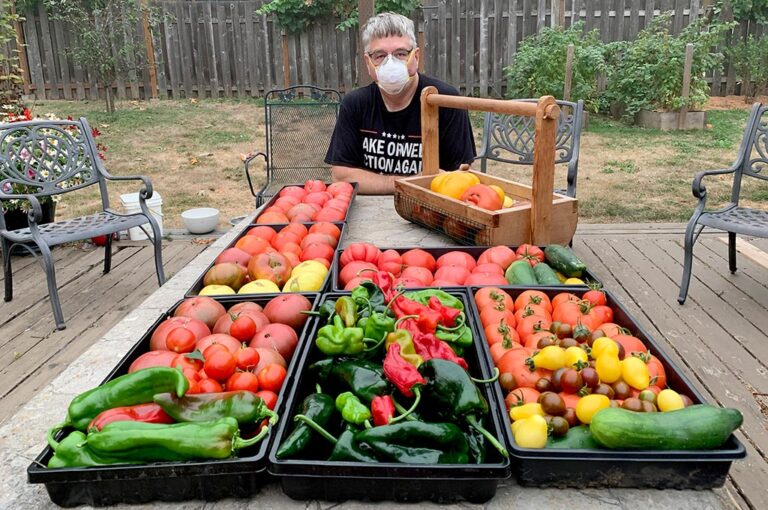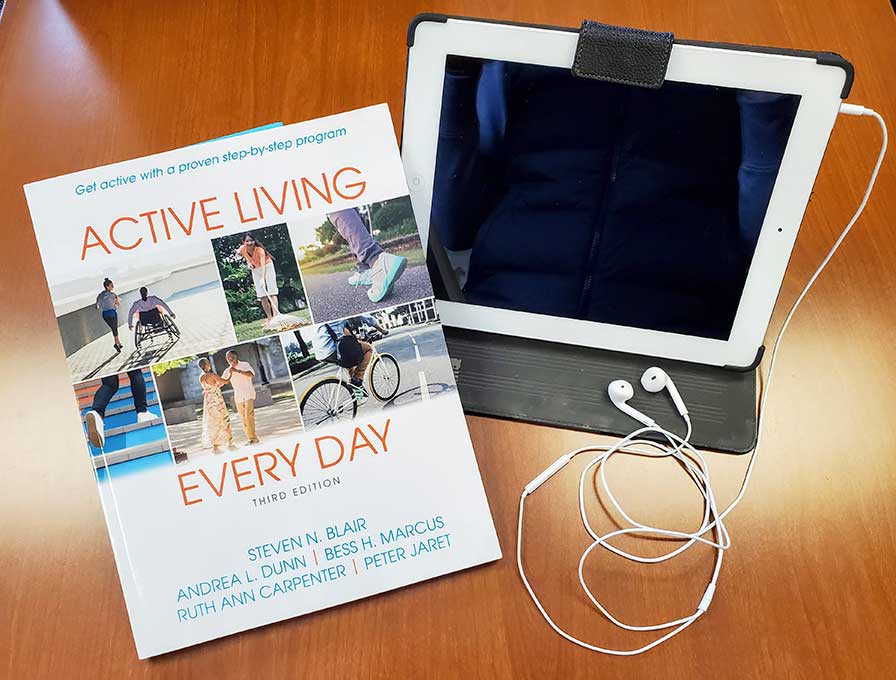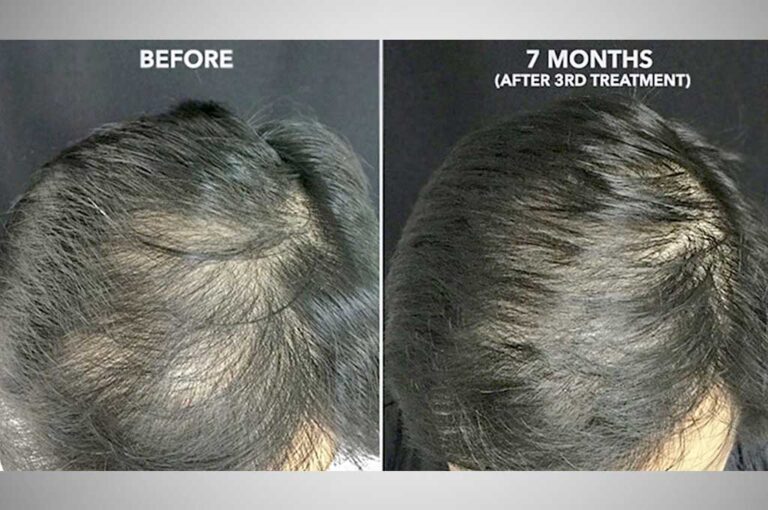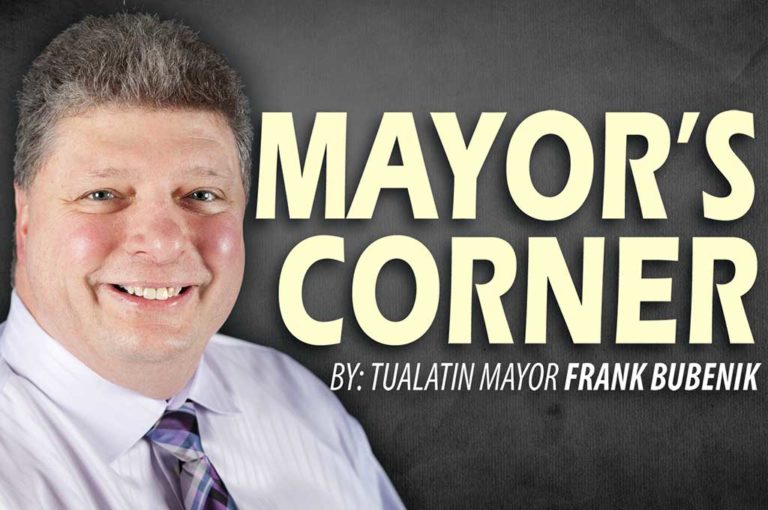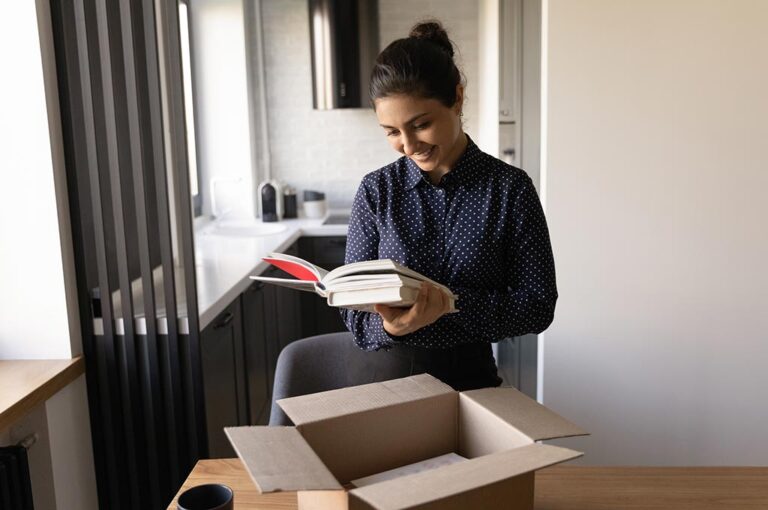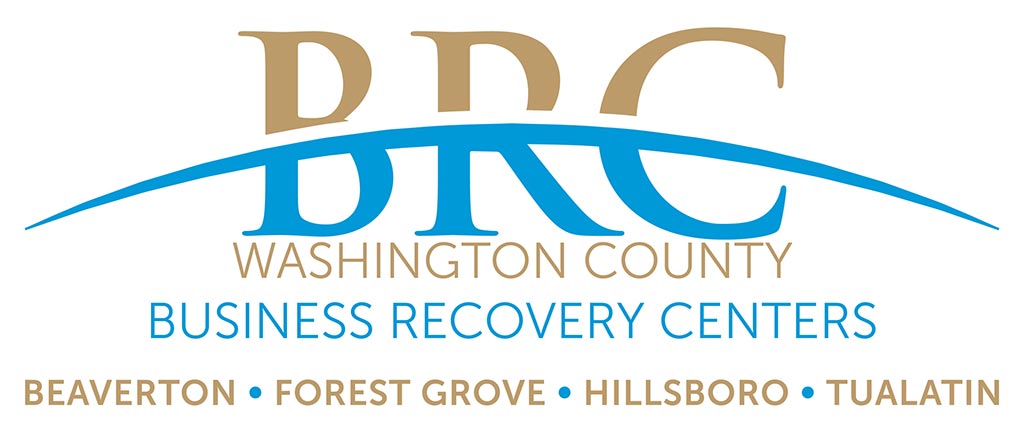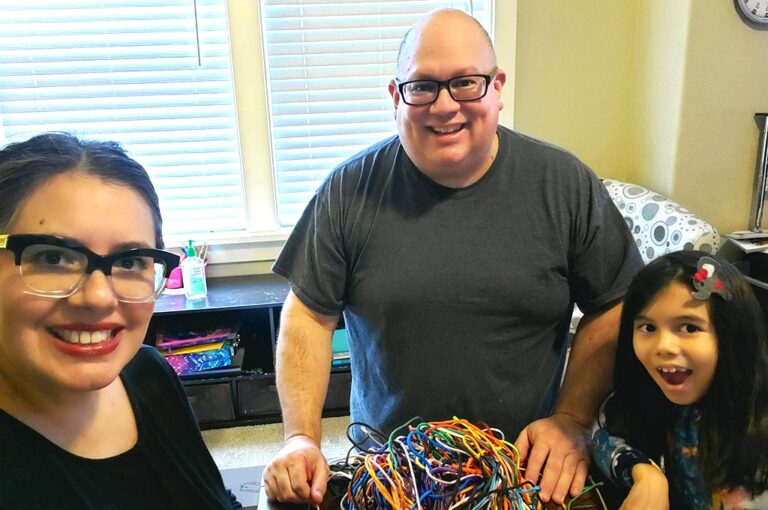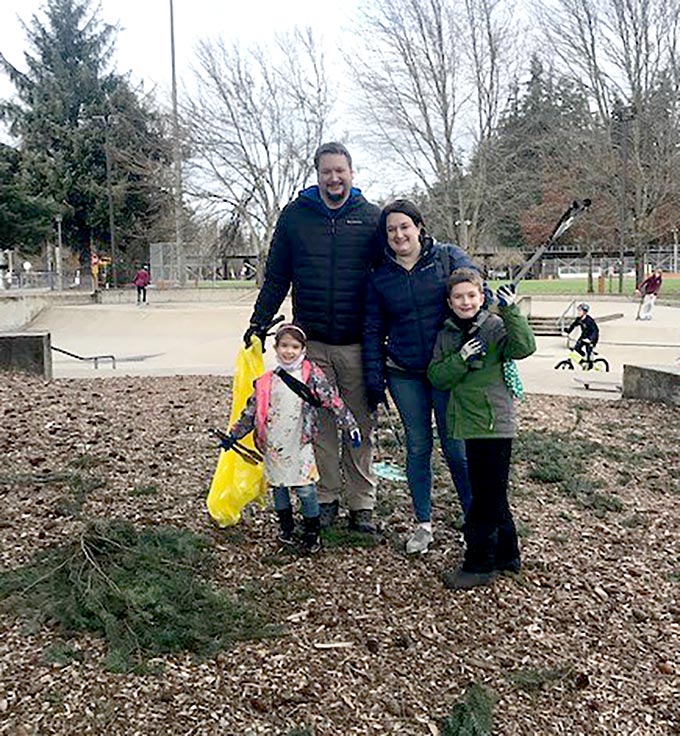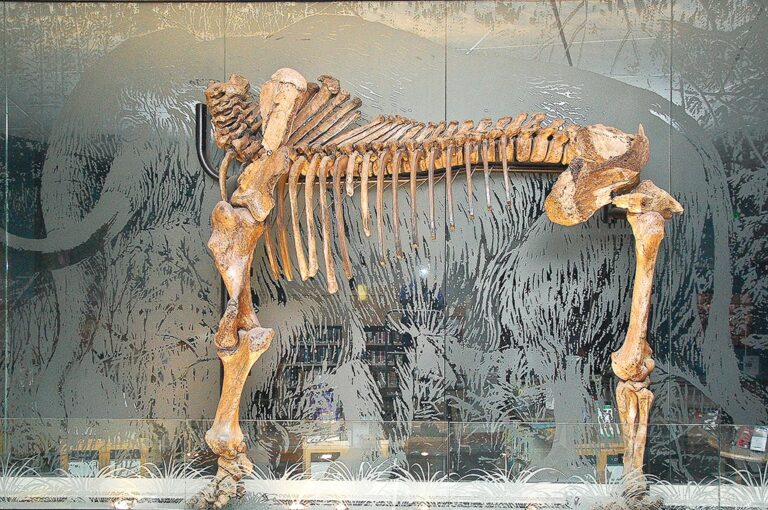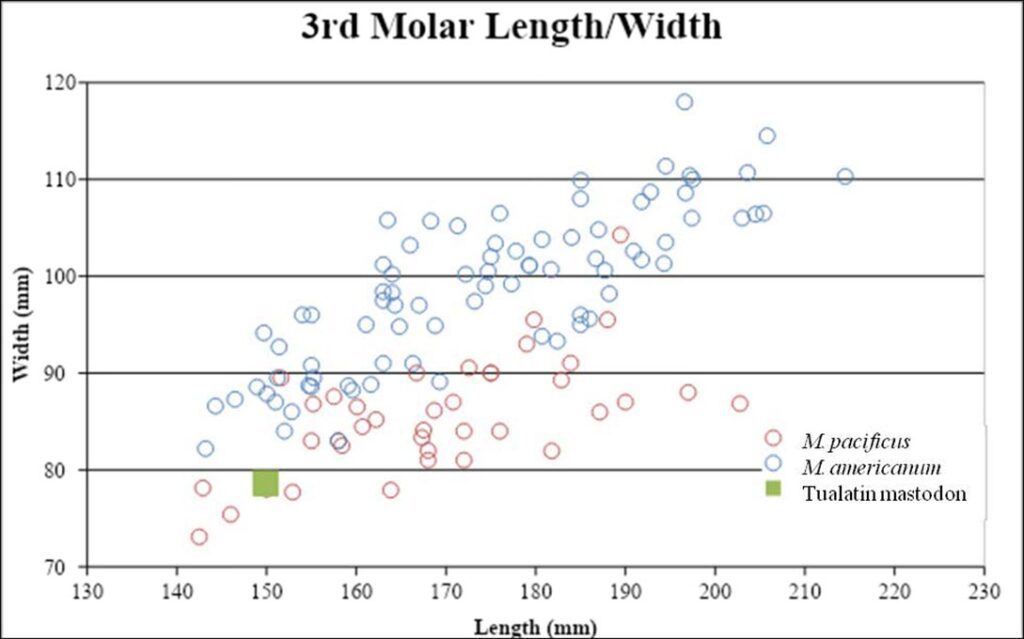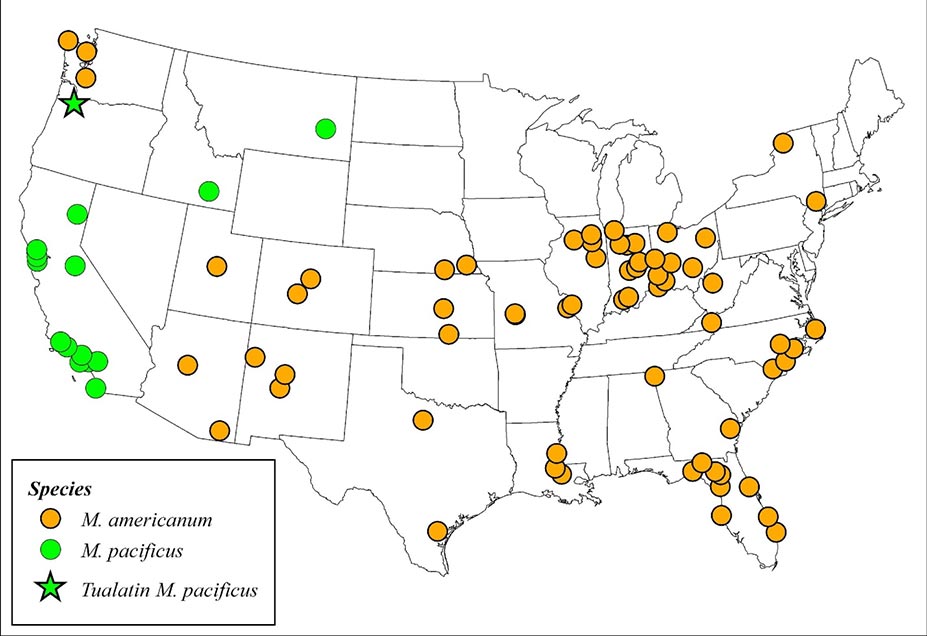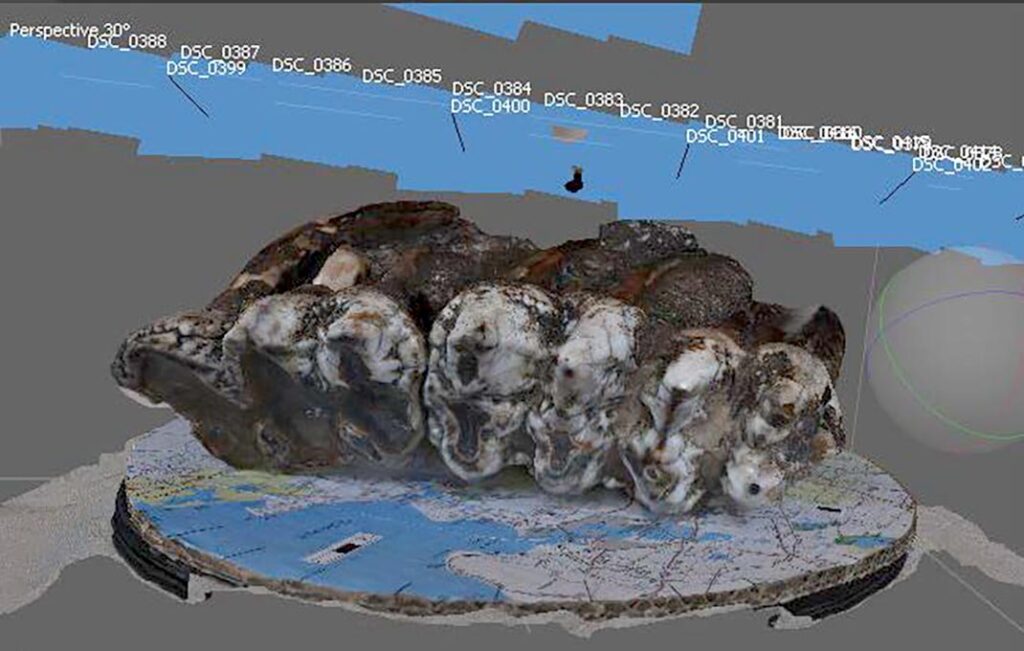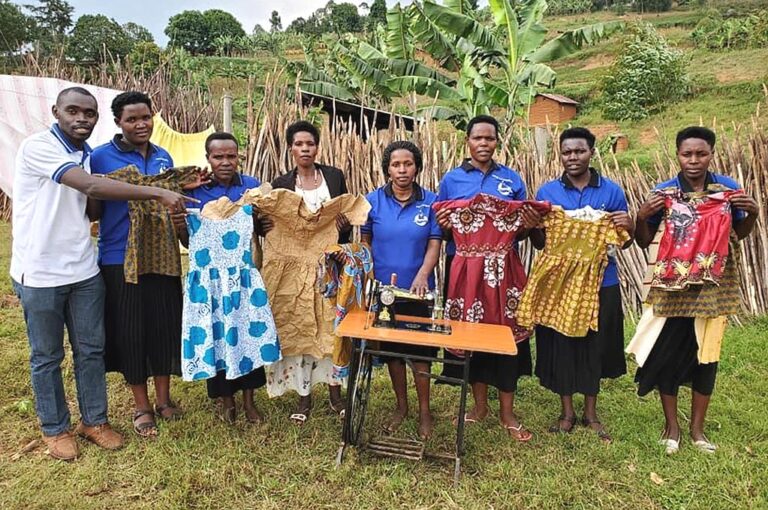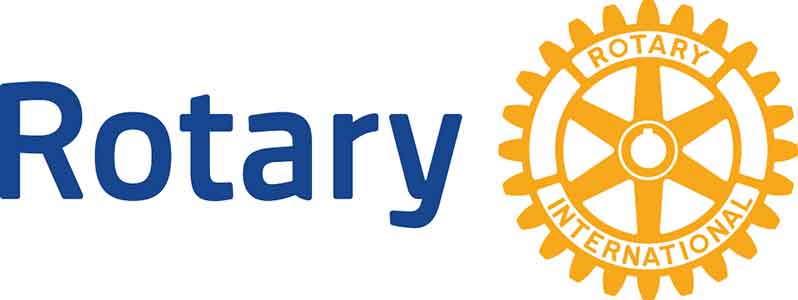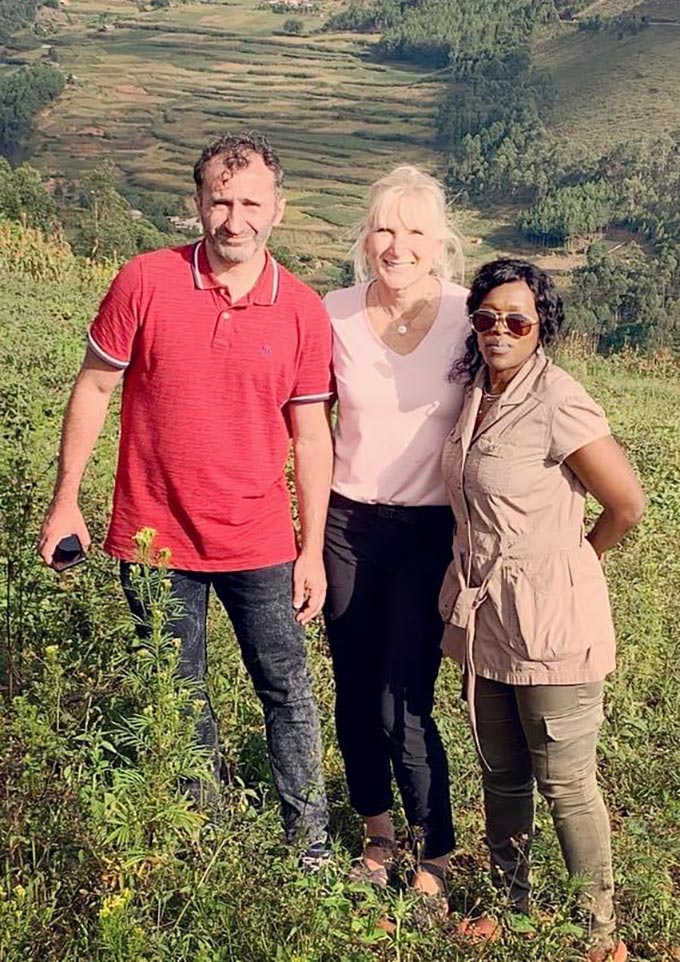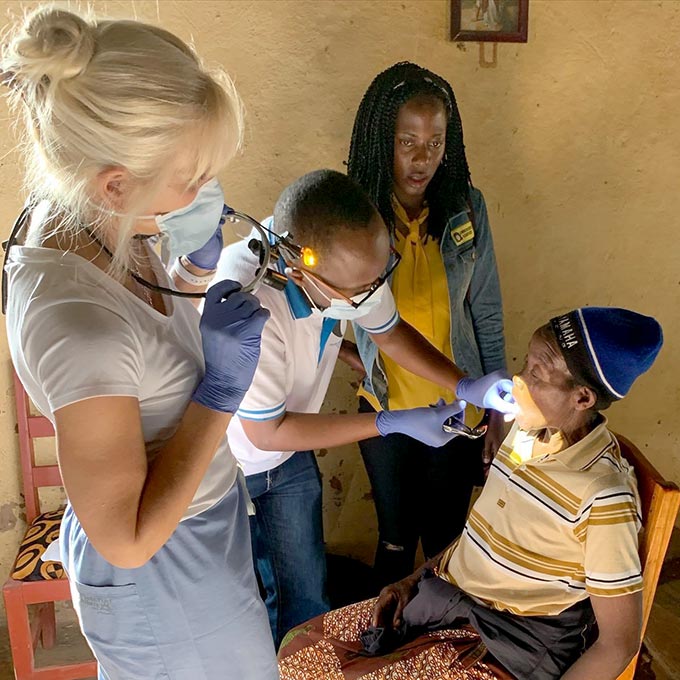
Was your fear of murder hornets keeping you out of the garden last year? Well, never fear, those were in Washington state, and I believe they’ve been found and removed. But last year certainly had one challenge and struggle on top of the next. What really inspired me and kept me going was seeing how our community in Tualatin came together to support one another. Despite all the setbacks, gardeners joined Neighbors Nourishing Communities (NNC) in numbers we’ve never seen and donated more fresh garden produce to local food banks than we’ve ever witnessed. In total, NNC members donated over 4,700 lbs of nutritious homegrown produce for those that were struggling with food insecurity in our community.
Do you want to do something about hunger? Do you want to belong to a group of people that are supporting one another and our community? We need you, and our community needs you. Whether you have one pot on a porch or a large garden area, we’ll help you help yourself and others. NNC offers free plants and seeds to anyone willing to donate 20% or more of their produce to solve hunger issues. That’s right, we want you to keep up to 80% for yourself and your family so you too can be your healthiest self. Have questions? We’ll provide you the answers to get gardening and be successful. Need a garden space? We’ll point you to locations in our community if you don’t have one.
If you are passionate about gardening or just getting started, this is an opportunity to help yourself and your community. Neighbors Nourishing Communities is a Tualatin non-profit organization entering its eighth growing season, and we are a fun group of gardening friends seeking more friends. NNC also makes gardening fun by hosting get-togethers and sharing gardening tips. We have convenient drop-off sites in north and south Tualatin, and we encourage you to drop off produce directly at organizations such as Tualatin Schoolhouse Pantry and Packed with Pride in Tigard.
Gardening is a relaxing hobby with many benefits. It is a great way to spend time with kids and teach them where food comes from. Did you know that the nutritional value of produce is highest when freshly harvested and decreases daily afterward? Growing an organic garden provides easy and inexpensive access to produce that is nutritionally at its peak.
Many people are surprised to learn how many Tualatin families are struggling to keep nutritious food on their table. Housing costs have skyrocketed, leaving even more families in need. The pandemic has left many jobless or struggling to meet basic needs. Fresh produce is more costly than less-nutritional food, and can be unobtainable for many families.
NNC will be handing out free seeds and plant starts to NNC gardeners on Saturday, May 8. To get the details on the location and time, sign up today by visiting our website at neighborsnc.org. If you have additional questions, please contact Chad Darby at (503) 523-7142 or neighborsnc@gmail.com.
Note: Families struggling to make ends meet can also contact Neighbors Nourishing Communities for gardening assistance. The organization supports families in need by providing free community gardening beds and tools, along with our plants and seeds.
